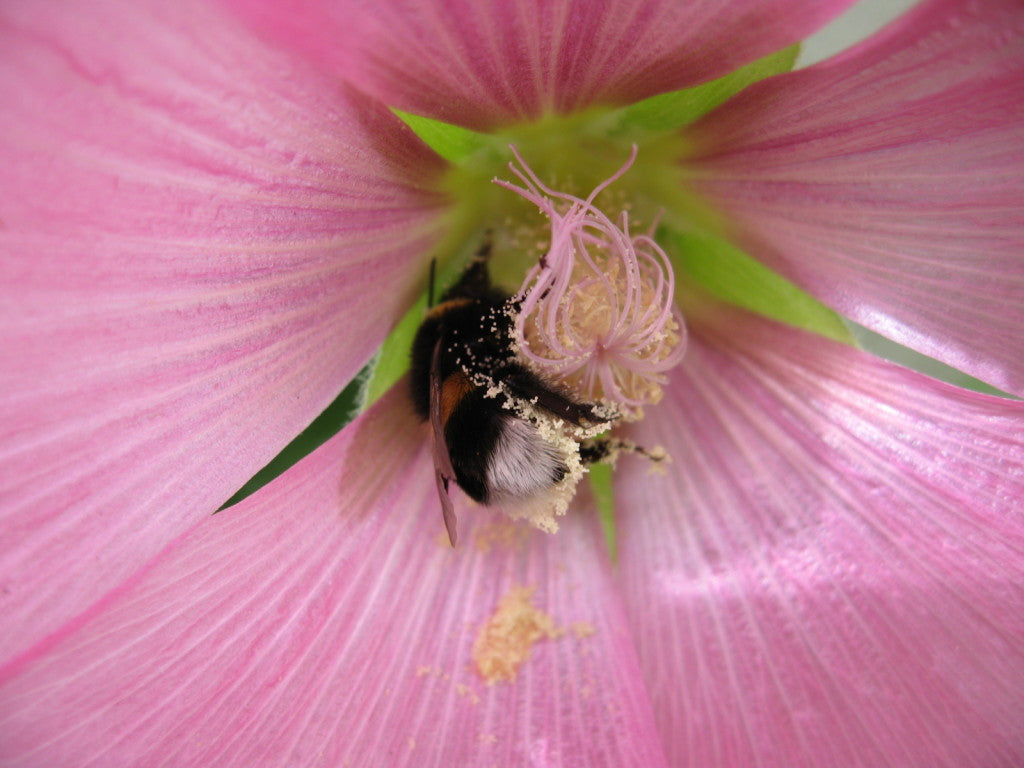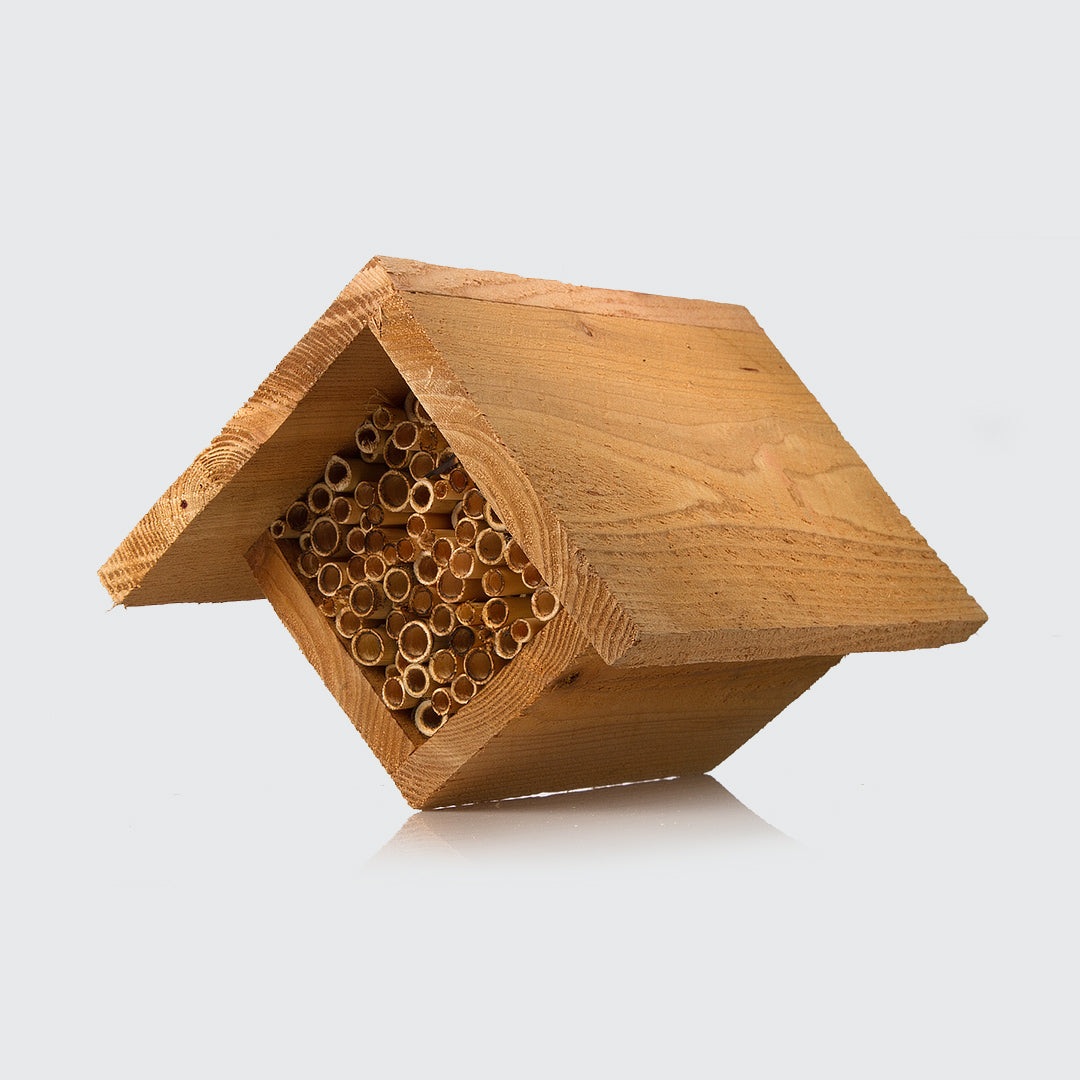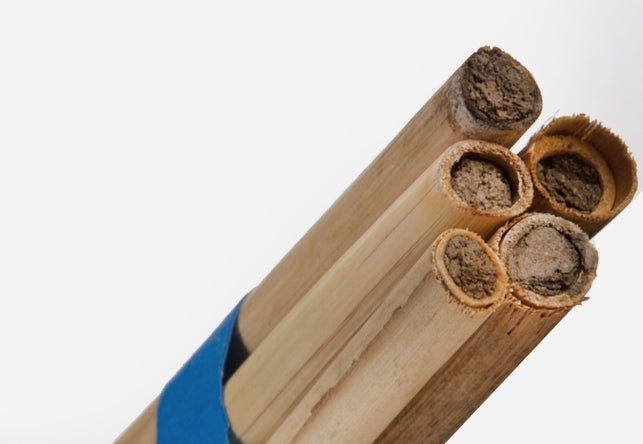Self Pollination:
Self pollination occurs when the pollen from one flower pollinates the same flower or the same individual plant. There are some species of plants that are capable of self pollination because they contain both the male and female gametes. When pollen is transferred to the same flower it is called Autogamy. When pollen is transferred to another flower on the same plant it is called Geitonogamy.
The term “self” pollination seems to imply that no outside force is required to help pollinate the plant. Something most people don’t realize about self pollination is that it still requires an outside source to dislodge the pollen and allow it to fall into the female organs of the plant. The wind, animals brushing/bumping the plants and bees/other pollinators all help dislodge the pollen. This facilitates the self pollination process. Bees and other pollinating insects are the greatest facilitators of self pollinating plants. The term self pollinating only refers to the ability for the plant to be fertilized by its own pollen; where as cross pollinating plants require pollen from another plant to be fertilized.
Some examples of self pollinating plants include: Apricots, Figs, few varieties of Peaches, some varieties of Plum like Stanley, Green Gage, Italian Prune, some varieties of Apple trees, flowers like Rose (Rosa spp.), food crops like beans, peppers tomatoes, Orchids, Violets, and Sweet Peas.













